

This provides a timeline of events related to ultraviolet radiation from both a living world and a physical world perspective. 900 BC–500 AD – Ancient Greek and Roman women lighten their skin ...
READ MORE

A diet lacking in vitamin C leads to the development of a disease known as scurvy. This timeline traces the history of scurvy, the discovery of a cure for the disease and the isolation and ...
READ MORE

Bone marrow transplants are now routinely carried out worldwide to treat people with life-threatening blood disorders, but back in the 1950s, bone marrow transplants could only be done when the ...
READ MORE
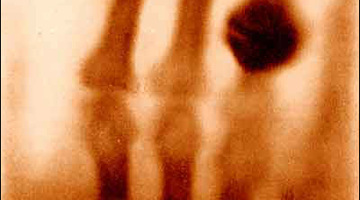
In this activity, students learn about the discovery of X-rays and their development as a medical imaging technology. By the end of this activity, students should be able to: research an aspect ...
READ MORE

In this activity, students use bread slices to investigate the role of moisture in mould growth. By the end of this activity, students should be able to: discuss the role of moisture in mould ...
READ MORE

In this activity, students explore a variety of recent biotechnologies and consider their impact on society. The activity can be adapted to suit student level and interest. The slide show ...
READ MORE
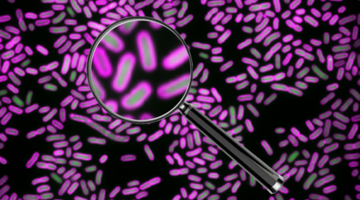
Help this global project to develop a faster test for antibiotic resistance by looking inside bacteria that have been treated with antibiotics. This will improve healthcare for patients with ...
READ MORE
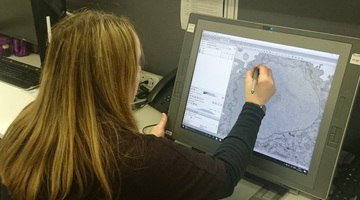
In this online citizen science (OCS) project, participants analyse electron microscope images taken of a range of biological samples, helping scientists better understand cancer, infectious ...
READ MORE
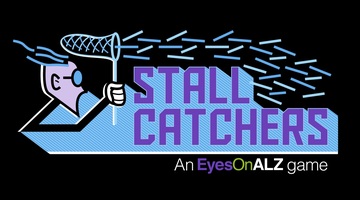
Alzheimer’s disease is an irreversible, progressive brain disorder that slowly destroys memory and thinking skills and eventually even the ability to carry out the simplest tasks. In this online ...
READ MORE

Students develop knowledge of new technology that enables fish oil to be added to food without a fishy taste or smell and design an advertisement to promote an omega-3 enriched food. Purpose To ...
READ MORE

Modern antibiotic medicines came into use in the middle of the 20th century. They enabled doctors to treat serious – and sometimes fatal – bacterial infections like strep throat and pneumonia ...
READ MORE

In this recorded professional learning session, Dr Siouxsie Wiles, Associate Professor of Molecular Medicine and Pathology answers key questions about antimicrobial resistance (AMR). AMR has been ...
READ MORE
Robert Hooke's diagrams of cork cells started a frenzy of activity that produced some beautiful first pictures of cells from all sorts of organisms. Here, Nobel prize winner, Sir Paul Nurse ...
READ MORE
What does 'cell theory' really mean? Plant cells and unicellular organisms had been observed in the 17th century, but another century was passing before they would be seen in animals. From about ...
READ MORE
The Dobson spectrophotometer at Lauder in Central Otago is a key ozone-measuring instrument used by NIWA and is part of a global network of similar instruments.
READ MORE

Common household activities like cooking, cleaning and bathing produce moisture in our homes. Cold, damp houses can have serious effects on our health. Find out what causes moisture and how to ...
READ MORE
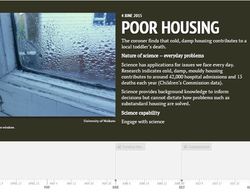
Select here for the best view of this interactive timeline. It combines the Rongomai School healthy homes investigation with the nature of science.
READ MORE

This timeline follows the historical events related to the development and discoveries of antimicrobials and antibiotics and the growth of antimicrobial resistance (AMR). A full transcript is ...
READ MORE